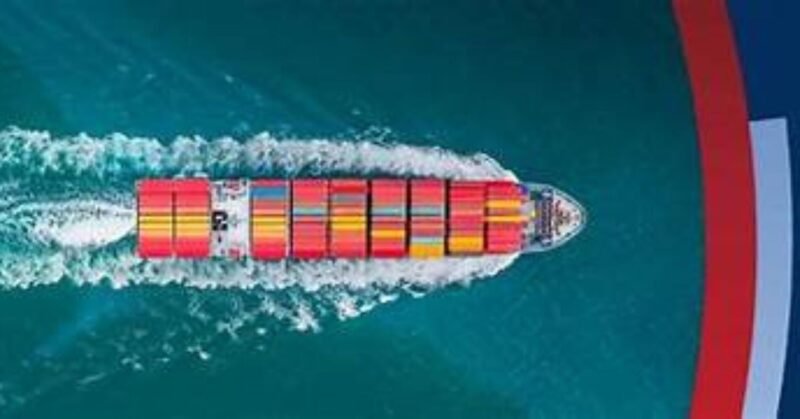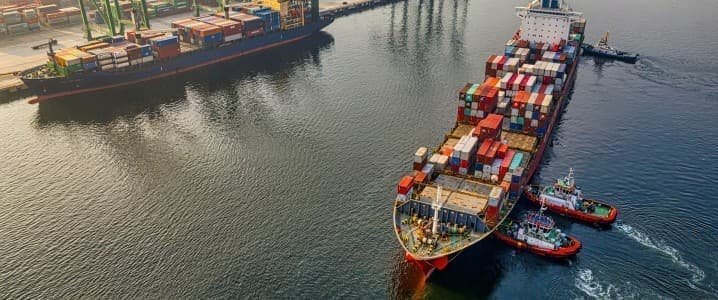Singapore’s maritime industry reached new heights in 2024, with various key indicators hitting record levels. The annual vessel arrival tonnage in the port of Singapore grew by 0.6% to 3.11 billion gross tonnage (GT), with bulk carriers, container ships, and tankers contributing significantly. Cargo throughput also saw a 5.2% increase to 622.67 million tonnes, while container throughput surpassed 40 million TEUs for the first time, with 90% of containers being transshipped to other destinations. Singapore remains the world’s largest container transshipment hub.
As a leading International Maritime Centre, Singapore continued to attract international shipping groups and maritime companies in 2024. The total tonnage of ships under the Singapore flag exceeded 100 million GT for the first time, reaching a record high of 108 million GT. Singapore retained its position as the world’s top maritime center for the 11th consecutive year, according to the Xinhua-Baltic International Shipping Centre Development Index. The Singapore Registry of Ships (SRS) remains one of the top five ship registries globally.
In the bunkering sector, Singapore saw significant growth in total bunker sales, reaching 54.92 million tonnes in 2024, a 6.0% year-on-year increase. Sales of alternative bunker fuels also surged, exceeding one million tonnes for the first time. Biofuel blends and LNG showed promising growth, with trials for ammonia bunkering conducted for the first time globally in Singapore. The Maritime and Port Authority of Singapore (MPA) announced measures to enhance efficiency and digitalization in the bunkering industry, including reducing the verification frequency of mass flow meters and mandating digital bunkering services.
Looking ahead, global GDP growth is forecasted to remain steady in 2025, with seaborne trade expected to grow by 1.9%. Regional supply chains in Asia are adapting to increased demand, supporting the growth of ports in countries like Malaysia, Indonesia, and Vietnam. Asian ports such as Shanghai and Ningbo Zhoushan are experiencing robust growth and are projected to expand further. Shipping alliances are adjusting to these shifts and optimizing their coverage in key markets, particularly in Asia, in response to changing trade routes and demands.
Share it now














